Gaming is one of the best ways to pass time. But how can you make your gaming experience even better, lively? What are the aspects of a device that will make your gaming experience better? What to look on a phone so that your game doesn't lag while playing?
Don't worry! We have done the work for you by doing some research and finding out which phones will improve your gaming experience. Some of the things to look for in a mobile phone while gaming are:
- Battery: Battery life is always important in any phone but specially in gaming. Imagine you are so close to winning a game but at the last minute, your phone is dead! You would hate that now, wouldn't you? So while buying a mobile, be sure to check for a higher mAh battery or you can just buy the one with faster charging capacity.
- RAM: You can play games on mobile with 1GB RAM too but isn't it al about the gaming experience? There are phones with 16GB RAM in the market so choose wisely which one is best for you considering the prices and other specifications.
- Display: Talking about the display, you need to find your own preferences. Of course, we want a mobile that has great display quality so that your gaming experience can be movie-like but the size depends on your preference and how do you like it on your hands.
- Chipset: Now, most people do not look in this field but the powerful the performance, the better the gaming experience will be. You can look for Qualcomm Snapdragon, Exynos, and others.
Here are the top five phones to rock your gaming experience:
Asus ROG Phone 3
Asus ROG Phone has set a new standard for mobile gaming. ROG Phone 3 is the most powerful phone to use the latest Qualcomm® Snapdragon™ 865 Plus 5G Mobile Platform with advanced 5G1 mobile communications capabilities as said. You can play games all day with its 6000mAh battery. With a high-resolution display, powerful design, and 8/12/16GB RAM, your mobile gaming experience has to enhance. Now you can have a movie like an experience while playing games in your own Asus ROG Phone 3.

Compare With Other Asus Phone
Asus ROG Phone 3 Specifications.
Body : 171 x 78 x 9.9 mm (6.73 x 3.07 x 0.39 in)
Weight : 240 g (8.47 oz)
Build : Glass front (Gorilla Glass 6), glass back (Gorilla Glass 3), aluminum frame
SIM : Dual SIM (Nano-SIM, dual stand-by)
Display Type: AMOLED capacitive touchscreen, 1B colors
Size : 6.59 inches, 106.6 cm2 (~79.9% screen-to-body ratio)
Resolution : 1080 x 2340 pixels, 19.5:9 ratio (~391 ppi density)
OS : Android 10, ROG UI
Chipset : Qualcomm SM8250 Snapdragon 865+ (7 nm+)
CPU : Octa-core (1x3.1 GHz Kryo 585 & 3x2.42 GHz Kryo 585 & 4x1.8 GHz Kryo 585)
GPU : Adreno 650
Memory Card slot : No
Internal storage : 128GB 8GB RAM, 128GB 12GB RAM, 256GB 12GB RAM, 512GB 12GB RAM, 512GB 16GB RAM
Main Camera : 64 MP, f/1.8, 26mm (wide), 1/1.72", 0.8µm, PDAF 13 MP, f/2.4, 125˚, 11mm (ultrawide) 5 MP, f/2.0, (macro)
Front Camera : 24 MP, f/2.0, 27mm (wide), 0.9µm
3.5mm jack : No
Bluetooth : 5.1, A2DP, LE, aptX HD, aptX Adaptive
GPS : Yes, with dual-band A-GPS, GLONASS, BDS, GALILEO, QZSS, GNSS
Radio : No
USB : Two (side 3.1, bottom 2.0) Type-C 1.0 reversible connector; accessory connector
Sensors : Fingerprint (under display, optical), accelerometer, gyro, proximity, compass
Battery : Non-removable Li-Po 6000 mAh battery
Asus ROG Phone 3 Price in Nepal
The mobile phone is priced at NRs. 88,000 for 8/128GB and NRs.99000 for 12/256GB.
Samsung Galaxy S20 Ultra 5G
Samsung Galaxy S20 Ultra has the ultimate power to make you crave for it. Its 12-16 GB RAM will make your gaming experience so smooth that you won’t need a PlayStation.`16 is the highest RAM ever made for a mobile phone and best for mobile gaming. Samsung Galaxy S20 Ultra provides a super-fast screen refresh option -- which makes scrolling, animations, and some content liquid-smooth, and has Exynos 990 processor with 5000mAH battery. Now, that ought to make your gaming graphics lively.

Compare With Other Samsung Phone
Samsung Galaxy S20 Ultra 5G Specifications
Body : 166.9 x 76 x 8.8 mm (6.57 x 2.99 x 0.35 in)
Weight : 222 g (7.83 oz)
Build : Glass front (Gorilla Glass 6), glass back (Gorilla Glass 6), aluminum frame
SIM : Single SIM (Nano-SIM and/or eSIM) or Hybrid Dual SIM (Nano-SIM, dual stand-by)
Display Type : Dynamic AMOLED 2X capacitive touchscreen, 16M colors
Size : 6.9 inches, 114.0 cm2 (~89.9% screen-to-body ratio)
Resolution : 1440 x 3200 pixels, 20:9 ratio (~511 ppi density)
OS : Android 10, One UI 2
Chipset : Exynos 990 (7 nm+)
CPU : Octa-core (2x2.73 GHz Mongoose M5 & 2x2.50 GHz Cortex-A76 & 4x2.0 GHz Cortex-A55)
GPU : Mali-G77 MP11
Memory Card slot : microSDXC (uses shared SIM slot)
Internal storage : 128GB 12GB RAM, 256GB 12GB RAM, 512GB 16GB RAM
Main Camera : 108 MP, f/1.8, 26mm (wide), 1/1.33", 0.8µm, PDAF, OIS 48 MP, f/3.5, 103mm (periscope telephoto), 1/2.0", 0.8µm, PDAF, OIS, 4x optical zoom, 10x hybrid zoom 12 MP, f/2.2, 13mm (ultrawide), 1.4µm, Super Steady video 0.3 MP, TOF 3D, f/1.0, (depth)
Front Camera : 40 MP, f/2.2, 26mm (wide), 0.7µm, PDAF
3.5mm jack : No
Bluetooth : 5.0, A2DP, LE
GPS : Yes, with A-GPS, GLONASS, BDS, GALILEO
Radio : No
USB : 3.2, Type-C 1.0 reversible connector, USB On-The-Go
Sensors : Fingerprint (under display, optical), accelerometer, gyro, proximity, compass Fingerprint (under display, ultrasonic), accelerometer, gyro, proximity, compass, barometer, Bixby natural language commands and dictation
Battery : Non-removable Li-Po 5000 mAh battery
Samsung Galaxy S20 Ultra 5G Price in Nepal
The mobile phone is priced at NRs. 95,774.
Razer Phone 2
The Razer Phone has amazing gaming quality. The phone is known as one of the best gaming phones out there. The phone has water-resistance quality and a bright 120 Hz screen. The mobile phone has wireless charging. How amazing is that! Now you don’t have to strung to a string. Razer Phone 2 is compatible with 2 TB micro SD cards for extra storage, has 4000mAh battery and Qualcomm SDM845 Snapdragon 845 processor. How could you not enjoy that?

Compare With Other Razer Phone
Razer Phone 2 Specifications
Body : 158.5 x 79 x 8.5 mm (6.24 x 3.11 x 0.33 in)
Weight : 220 g (7.76 oz): 220 g (7.76 oz)158.5 x 79 x 8.5 mm (6.24 x 3.11 x 0.33 in)
Build : Glass front (Gorilla Glass 5), aluminum back, aluminum frame
SIM : Nano-SIM
Size : 5.72 inches, 90.2 cm2 (~72.0% screen-to-body ratio)
Display Type : IGZO IPS LCD capacitive touchscreen, 16M colors
Resolution : 1440 x 2560 pixels, 16:9 ratio (~513 ppi density)
OS : Android 8.1 (Oreo), upgradable to Android 9.0 (Pie)
Chipset :Qualcomm SDM845 Snapdragon 845 (10 nm)
CPU : Octa-core (4x2.8 GHz Kryo 385 Gold & 4x1.7 GHz Kryo 385 Silver)
GPU : Adreno 630
Memory Card slot :microSDXC (dedicated slot)
Internal storage :64GB 8GB RAM
Main Camera :12 MP, f/1.8, 25mm (wide), 1/2.55", 1.4µm, dual pixel PDAF, OIS 12 MP, f/2.6, 1/3.1", 1.0µm, 2x optical zoom
3.5mm jack: No
Bluetooth : 5.0, A2DP, LE
GPS : Yes, with A-GPS, GLONASS, BDS, GALILEO
Radio : No
USB : Type-C 1.0 reversible connector
Sensors : Fingerprint (side-mounted), accelerometer, gyro, proximity, compass
Battery : Non-removable Li-Po 4000 mAh battery
Razer Phone 2 Price in Nepal
The mobile phone is priced at NRs. 44,999.
Huawei Mate 20 pro
Huawei Mate 20 Pro has an iconic square Leica Triple Camera and one flash inheriting the Mate series central. Huawei Mate 20 Pro is water resistance so you can play your game wherever you want. The mobile phone is the most powerful and intelligent mobile. Though Mate 20 Pro isn't a gaming phone, per se, the mobile has excellent dealing with multimedia performance,Kirin 980 processor, and 4200mAh battery. The mobile handles casual streaming and gaming without a hitch.

Compare With Other Huawei Phones
Huawei Mate 20 Pro specifications
Body : 157.8 x 72.3 x 8.6 mm (6.21 x 2.85 x 0.34 in)
Weight : 189 g (6.67 oz)
Build : Glass front (Gorilla Glass 5), glass back (Gorilla Glass 5), aluminum frame
SIM :Single SIM (Nano-SIM) or Hybrid Dual SIM (Nano-SIM, dual stand-by)
Display Type : OLED capacitive touchscreen, 16M colors
Size : 6.39 inches, 100.2 cm2 (~87.9% screen-to-body ratio)
Resolution : 1440 x 3120 pixels, 19.5:9 ratio (~538 ppi density)
OS : Android 9.0 (Pie), EMUI 9.1
Chipset : Kirin 980 (7 nm)
CPU : Octa-core (2x2.6 GHz Cortex-A76 & 2x1.92 GHz Cortex-A76 & 4x1.8 GHz Cortex-A55)
GPU : Mali-G76 MP10
Memory Card slot : NM (Nano Memory), up to 256GB (uses shared SIM slot)
Internal storage : 128GB 6GB RAM, 128GB 8GB RAM, 256GB 8GB RAM
Main Camera : 48 MP, f/1.8, 26mm (wide), 1/2", 0.8µm, PDAF/Laser AF 13 MP, f/2.4, 11mm (ultrawide)
Front Camera : 24 MP, f/2.0, 26mm (wide), 1/2.8", 0.9µm
3.5mm jack : No
Bluetooth : 5.0, A2DP, aptX HD, LE
GPS : Yes, with dual-band A-GPS, GLONASS, BDS, GALILEO, QZSS
Radio : No
USB : 3.1, Type-C 1.0 reversible connector, USB On-The-Go
Sensors : Face ID, fingerprint (under display, optical), accelerometer, gyro, proximity, barometer, compass
Battery : Non-removable Li-Po 4200 mAh battery
Huawei Mate 20 Pro Price in Nepal
The mobile phone is priced at NRs. 1,29,900.
OnePlus 8 Pro
When it comes to gaming in the OnePlus 8 pro, the better display quality of the OnePlus 8 Pro will naturally provide better image quality including better resolution and better colors making your gameplay experience fun and lively. The mobile phone includes an Octa-core processor, 4510 mAh battery, and 8/12GB RAM which is enough for fun gameplay.

Compare With Other One Plus Phones
OnePlus 8 Pro Specifications
Body : 165.3 x 74.4 x 8.5 mm(6.51 x 2.93 x 0.33in)
Weight : 199g(7.02 oz)
Build : Front glass (Gorilla Glass 5), back glass(gorilla glass5), aluminum frame
SIM : Dual SIM (Nano-SIM, dual stand-by)
Display Type : Fluid AMOLED capacitive touchscreen, 1B colors
Size : 6.78 inches, 111.7 cm2 (~90.8% screen-to-body ratio)
Resolution : 1440 x 3168 pixels (~513 ppi density)
OS : Android 10 ,Oxygen os 10.0
Chipset : Qualcomm SM8250 Snapdragon 865 (7 nm+)
CPU : Octa-core (1x2.84 GHz Kryo 585 & 3x2.42 GHz Kryo 585 & 4x1.8 GHz Kryo 585)
GPU : Adreno 650
Memory Card slot : No
Internal storage : 128GB, 8 GB RAM 256GB 12GB RAM
Main Camera : 48 MP, f/1.8, 25mm (wide), 1/1.43", 1.12µm, omnidirectional PDAF, Laser AF, IOS 8 MP, f/2.4, (telephoto), 1/1.0µm, PDAF, OIS, 3x optical zoom 48 MP, f/2.2, 14mm, 116˚ (ultrawide), 1/2.0", 0.8µm, PDAF 5 MP, f/2.4, (Color filter camera)
Front Camera : 16 MP, f/2.5, (wide), 1/3.06", 1.0µm
3.5mm jack : No
Bluetooth : 5.1, A2DP, LE, aptX HD
GPS : Yes, with dual-band A-GPS, GLONASS, BDS, GALILEO, SBAS
Radio : No
USB : 3.1, Type-C 1.0 reversible connector, USB On-The-Go
Sensors : Fingerprint (under display, optical), accelerometer, gyro, proximity, compass
Battery : Non-removable Li-Po 4510 mAh battery
OnePlus 8 Pro Price in Nepal
The mobile phone is priced at NRs.1,10,000 for 8/128GB and NRs.1,25,000 for 12/256GB.
Also Read:
SAMSUNG GALAXY S20 5G FULL SPECS
SAMSUNG GALAXY S20, S20+ PRICE IN NEPAL, SPECS | PRE-BOOKING OFFER
HUAWEI NOVA 5T PRICE IN NEPAL | FULL SPECIFICATION
XIAOMI REDMI NOTE 8 AND NOTE 8 PRO PRICE IN NEPAL | FULL SPECIFICATIONS
XIAOMI LAUNCHES MI 10 AND MI NOTE 10 LITE IN NEPAL | FULL SPECIFICATIONS, PRICE
TOP PHONES UNDER 50000 IN NEPAL 2020 (UPDATED) | SPECS - BEST MOBILES..
Compiled by :

Upasana Poudel
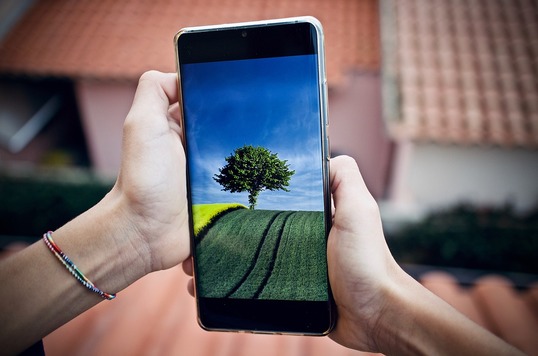



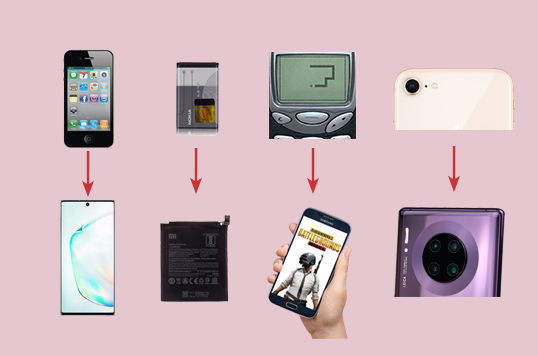

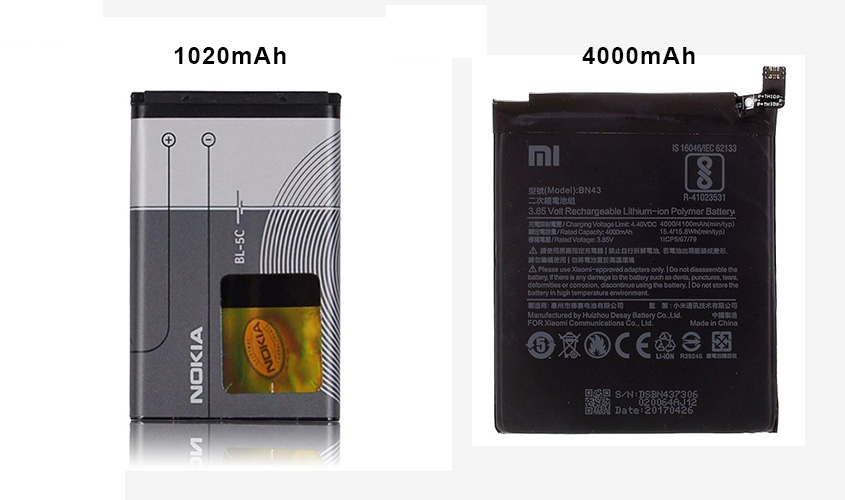

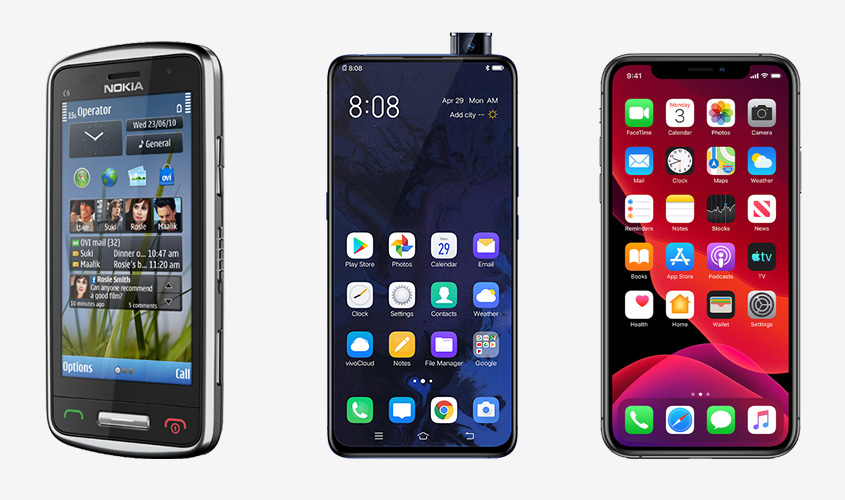


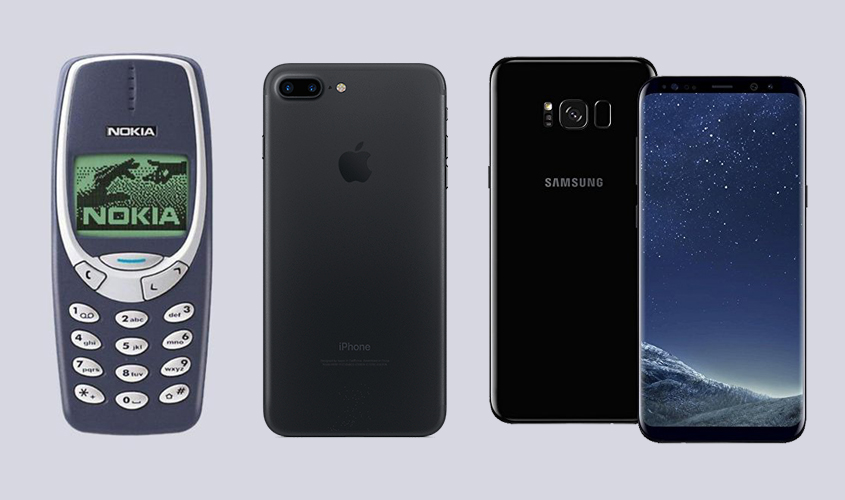



 I
I








